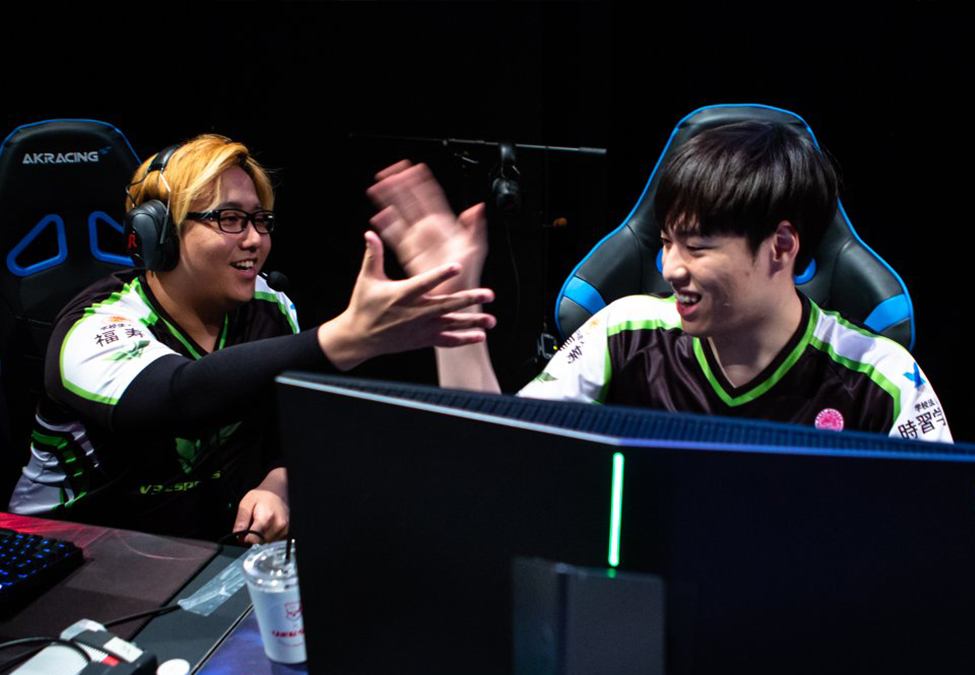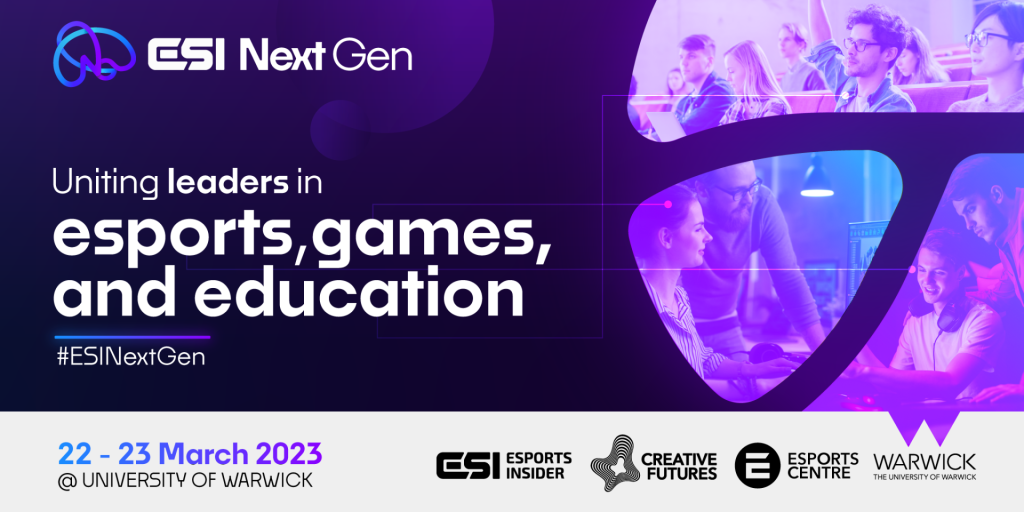
Conversations around player unions frequently arise among esports professionals, especially following controversies or draining tournament schedules.
Most recently, professional Apex Legends players questioned whether the conversation should restart again following a series of late payments after the Apex Legends Global Series (ALGS) 2022 Championship in Raleigh.
Professional players such as Casper ‘Gnaske’ Præstensgaard of KC Pioneers reported waiting for over five months to receive prize money from the event, claiming that he only received the payment after threatening legal action. He took all the correct steps towards getting the payment, he said, but to no avail.
Præstensgaard’s tweets attracted the attention of other well-known professionals, such as Jacob ‘HisWattson’ McMillin from FURIA, who suggested that the company would pay sooner “the more you complain.” Importantly, one of the comments questioned: “players union when?”
The conversation about payment issues continued through December 2022 and January 2023, continuing to highlight the plight faced by players. When individuals complained about payments from a Nerd Street event being between four and six months late, the CEO of Nerd Street claimed the tournament organiser had suffered from Riot Games’ decision to move to a semi-franchised format for VALORANT.
Multiple other tournament organisers, too, have been caught up in allegations that they’ve failed to pay out prize pools and staffers on time.
Is unionisation needed in esports?
Several arguments have been presented for unionisation in esports, including the need to protect professional players’ interests in an industry heavily populated by young people.
The support and power of collective bargaining is not always available to these individuals, and numerous cases have arisen in the past with players and content creators on arguably exploitative contracts.
A 2019 Esports Insider report highlighted a particularly egregious example of an exploitative contract, concerning a North American organisation and an unnamed mobile esports player. The contract in question included a raft of clauses that gave the organisation extremely one-sided and unfair terms, with little reward.
Top-tier professional players in titles such as CS:GO have also in the past complained about burnout and stress due to the packed travel and competition schedule in the game, which often leaves little time for rest or holiday.

Why is the union debate so complicated?
While unionisation appeared a natural progression for most traditional sports, esports faces distinct challenges in accommodating these arrangements. Firstly, video games have a uniquely short lifespan, which also affects the longevity of their related esports scenes.
Established standards often take a longer time to adopt universally across a sport, resulting in questions surrounding the ability of different esports ecosystems to adapt before they evolve or dissolve.
Secondly, the esports ecosystem is complicated by the structural dynamic presented by game publishers. Rather than a two-party system between employers and employees, esports functions within a three-party system where employees (players), employers (teams) and publishers interact.
If unionisation were to occur, collective bargaining agreements — the union agreement struck between employers and employees — could be overruled by the publishers who own the sport itself: the game.
As a result, any form of unionisation within esports would need to accommodate the presence of a third party. They would also need to function within esports ecosystems with often short lifespans or rapidly changing conditions.
Are Player Associations enough?
There are benefits to unionisation that Player Associations — associations which fight for player rights but are not formal unions — can also provide, such as a united voice for esports professionals that can converse with large, powerful companies. However, there could be unrecognised benefits of unionisation to larger companies and organisations.
Earlier this year, Digiday reported that the esports salary market was headed towards a correction due to the current global economic downturn and esports’ overall financial footing. Unionisation carries the potential for successfully negotiating safer contracts and reasonable, timely pay — factors that may encourage players to feel more comfortable entering long-term agreements with organisations.
The bargaining power of a union increases accountability and reduces the ability of organisations to significantly fluctuate in their commitments to pay staff or players. Enforceable guidelines on contracts would additionally ensure greater protection of players’ interests.
With debates surrounding salary caps also increasing, unionisation may be required to truly protect players’ bargaining power in negotiations with organisations or teams, according to Phillip Aram, Executive Director of the LCS Players Association (LCSPA), in an interview with Esports Insider in January. Player Associations would not be able to provide the necessary support or collective bargaining power.

Presently, some Player Associations have undertaken other support initiatives. The Counter-Strike Professional Players’ Association (CSPPA) has moved forward from its initial focus on contracts and legal advice towards supplying additional support tackling issues such as mental health, gambling awareness and education.
Although Players’ Associations such as the CSPPA do offer assistance with contracts, legal advice, and guidance on minimum industry standards (as listed online), it is difficult to determine how successful they have actually been in achieving their goals.
As the esports industry continues to move forward — and a difficult period for the industry threatens to potentially destabilise player conditions and salaries — demands for unionisation could continue to rise. If that happens, esports organisations, publishers and players alike will have to navigate the unionisation challenges the esports ecosystem presents.
